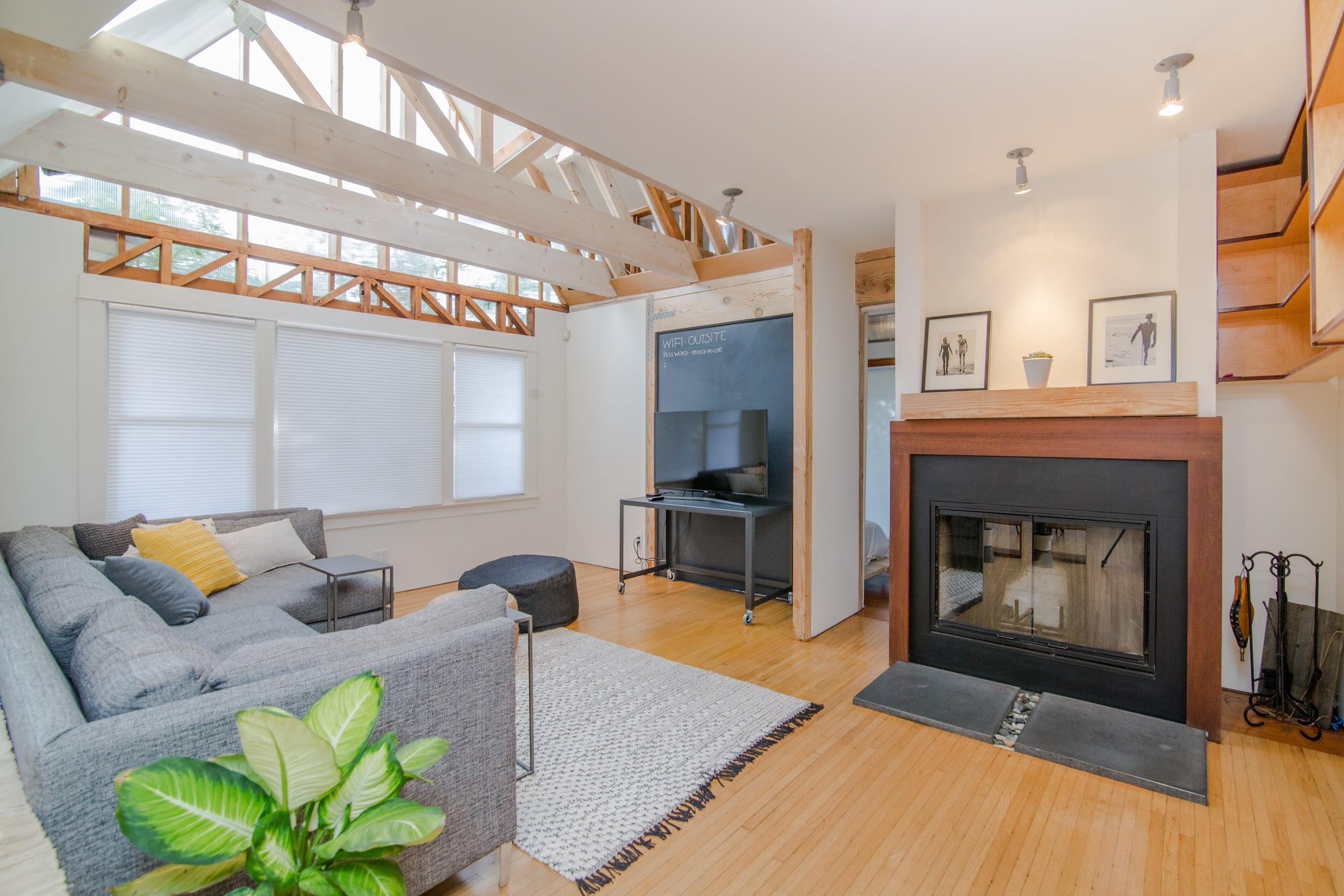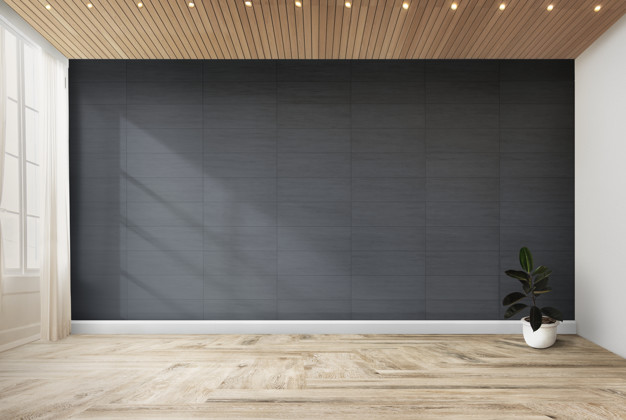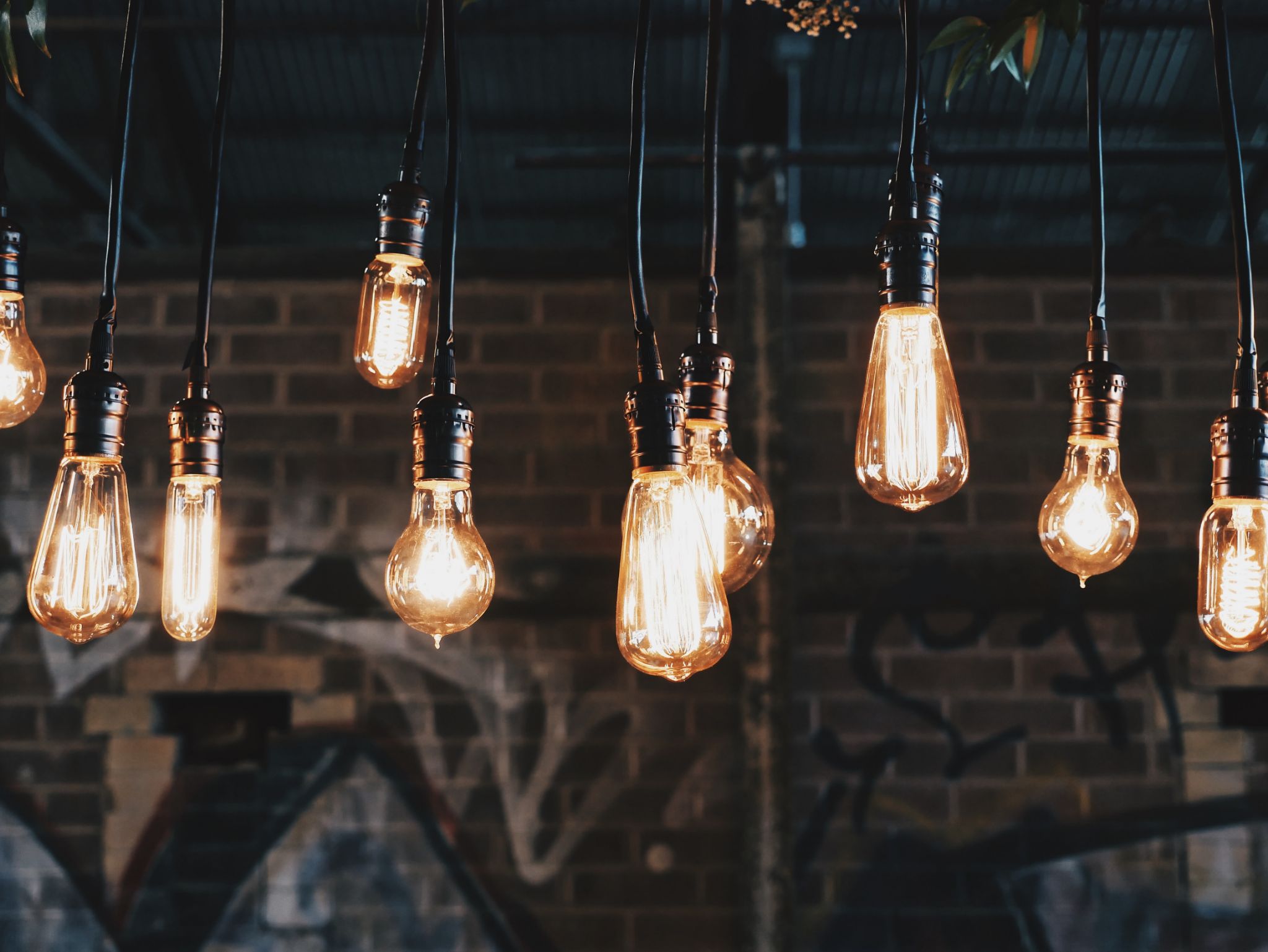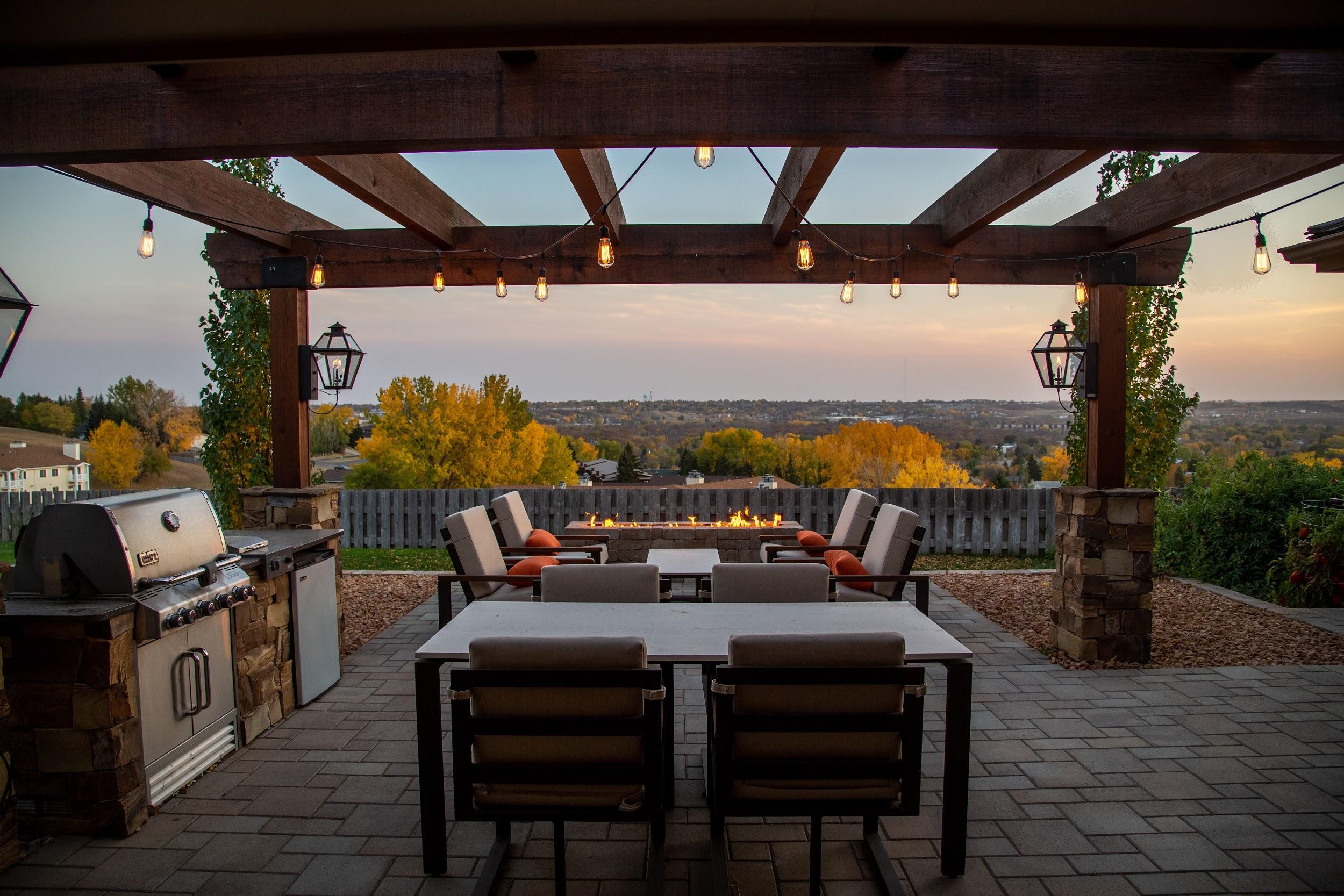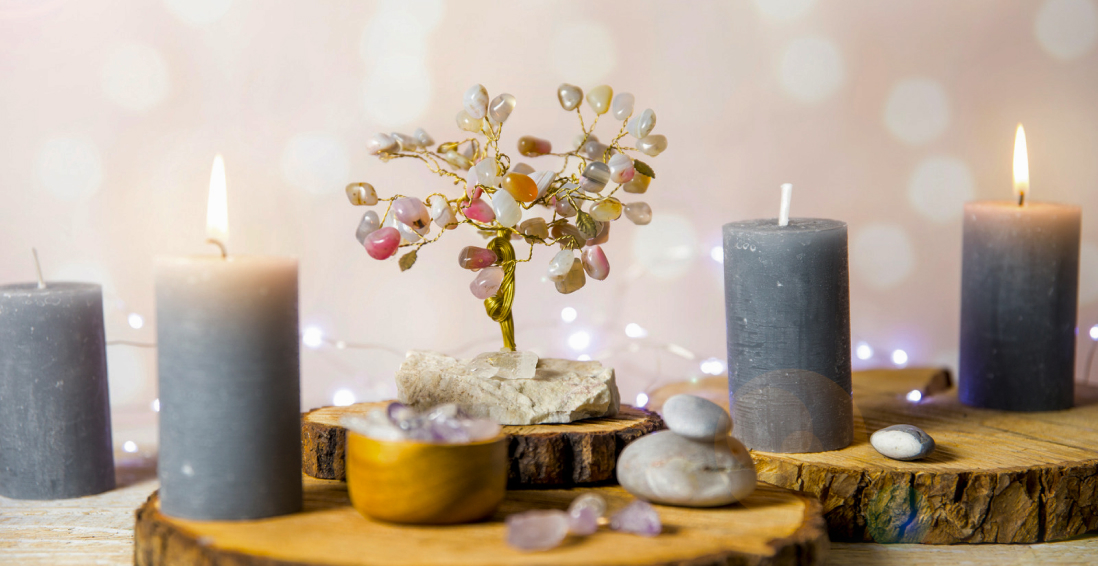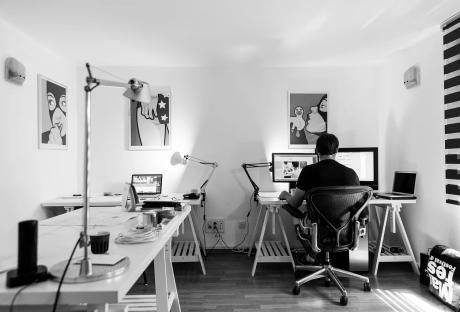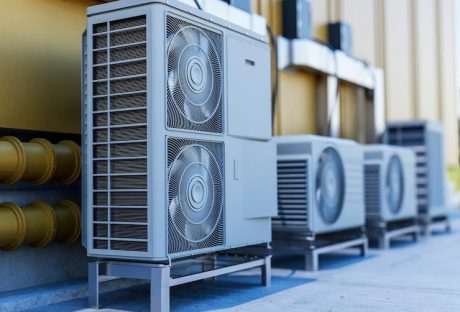Home improvement is a big deal now, with more people embracing their creativity and letting it show in the places they live.
This has led to the rise of incredible trends and hacks that provide the perfect opportunity for people to work in their homes. However, with all this development, it also gets confusing and daunting for some people.
This is mainly because they have no idea where to start or some of the hacks they can include in different areas.
These hacks are meant to be easily doable tasks that will transform your space when implemented. We’ve categorized these hacks in terms of placement and application. Some of them include:
Floors
In the home, floors play a big role in how the home looks and the general style you’ll be working with.
A few tweaks here and there can completely change the look of your floors and add style and character. Some of the most versatile hacks to include for your flooring include:
Peel And Stick Tiles
When it comes to finding the perfect flooring for that annoying red floor or just need a new look, peel and stick tiles will do the trick. These tiles are amazing given that you can easily install them yourself.
They are designed to give off the illusion of regular tiles without having to deal with grout, glue, and other tedious processes.
You can get them in different colors, styles, and patterns making them the perfect option.
Replacing Your Tile Grout
When dealing with tiles for your flooring, you may find that the grout may get stained and turn to a different color which becomes hard to clean.
However, you have the option of replacing the grout with a new one in the same color or a different one.
Adding A New Finish
This is especially a great idea if you are dealing with wooden flooring. With this, it is easier to add a new finish when needed to give the floors a new and vibrant look.
Lighting
One of the most understated hacks is the ability to switch out your light fixtures and improve the overall look significantly. Most people don’t know what role lighting plays in your space. You need to improve your lighting situation, which will give your space more life.
To make it more appealing, consider getting light fixtures that feature some detail and a unique design.
Additionally, you could also include under-cabinet lighting for your kitchen featuring the use of custom led lights.
You also have the option of choosing to go with statement chandeliers, floor lamps, wall lights, and pendant lights among others. When it comes to lighting, you are spoilt for choice and can easily improve your space.
Walls
Adding some style to your walls is another great way to improve the overall look of your home. For this, you have a few options to choose from that are easy to work with and get quality results. They include:
Adding a Fresh Coat of Paint
Paint is a great easy way to get a different look when working on your walls. With this, you have the option of working with a variety of colors depending on the vibe you are going for.
Additionally, you could paint one wall a different color and have that as your accent wall. This will improve the look of your room significantly.
Adding A Wallpaper
Wallpapers provide a layout, especially if you don’t want to do a paint job on your walls. They come in different types, patterns, and designs to ensure that they cater to everyone’s needs.
With this, you can choose to cover all your walls or use them on one wall that will serve as your accent wall.
Hanging Art
Art is another great way to bring your taste and style into your home. For this, you can create your art piece or purchase one made by another artist.
Entryway
When it comes to your entryway, the first thing you need to consider is your storage options. Once you get into the house, where do your shoes, bag, coat, and keys go?
Having a station where all these items can be kept will keep the home tidy and add a great design aspect to your space. Additionally, you can also add other decor items to make your entryway arrangement more visually appealing.
Patio
When it comes to dealing with the outdoors, one of the most effective ways to change it is by adding a seating area. Be creative with this and go for something that portrays who you are. Don’t be too rigid and only stick to what’s normal.
Find what works for you and add it to your space. Play around with colors and create a cozy space to relax with family and friends.
Greenery
Adding some green aspects to your home is an amazing way to improve the look and add some character. The best part about adding greenery to your space is that it will help improve air circulation.
When working with greenery, you need to take the time to water them to ensure they are healthy at all times. You could also opt for fake plants, given that they will add the same look and style.
Adding Budget-Friendly Feng-Shi To Home-Decor
Are you looking to bring more balance and good vibes into your home without breaking the bank?
Feng Shui is all about creating harmony in your living space, and you don’t need to spend a fortune to make it happen.
With just a few budget-friendly changes, you can invite positive energy, or “Chi,” into your home and make it a calming, welcoming space.
Clear The Clutter
The first and easiest Feng Shui tip: declutter! It’s amazing how much difference a tidy room can make. When you get rid of the excess, you’re not only creating physical space, but you’re also allowing the energy to flow freely.
Take a walk around your home and ask yourself: Do I really need this? Less clutter equals more clarity and positive energy.
Maximize Natural Light
Good lighting is key to great Feng Shui. Natural light boosts the energy in any room, so open up those curtains and let the sunlight pour in.
If you’re working in a space that doesn’t get much natural light, don’t worry. You can place mirrors strategically to reflect and amplify what little sunlight you have. Mirrors are like energy boosters!
Bring in Some Green
Plants are a staple in Feng Shui. They not only clean the air but also represent life, growth, and vitality. Even a small potted plant can make a huge difference.
If you’re not exactly a plant person (hello, brown thumbs!), opt for easy-to-care-for plants like succulents or snake plants. And don’t worry; artificial plants can also work if they look realistic.
Use Soft, Calming Colors
You don’t need to repaint your entire house to improve the flow of energy. Start by adding calming colors like soft greens, blues, or neutrals in small touches, think cushions, throws, or wall art.
These tones promote peace and relaxation, which is exactly what you want in a balanced space.
Arrange Furniture With Intention
Did you know that where you place your furniture can affect the energy in a room? Try to arrange your furniture so that you can see the door from where you’re sitting or sleeping.
It promotes a feeling of safety and control. Plus, don’t block pathways with furniture, as it interrupts the flow of energy.
Ready to try it out? Let Feng Shui transform your space!
Improve Your Living Space!
Investing in your home and interior design is essential to ensure that you are content with your living space. This is something you can do by implementing a few hacks here and there.
Take your time to go through them and add them to your space one at a time. Transformation is a gradual process which means you’ll need to keep at it until you get to your desired outcome.
Read Also:













